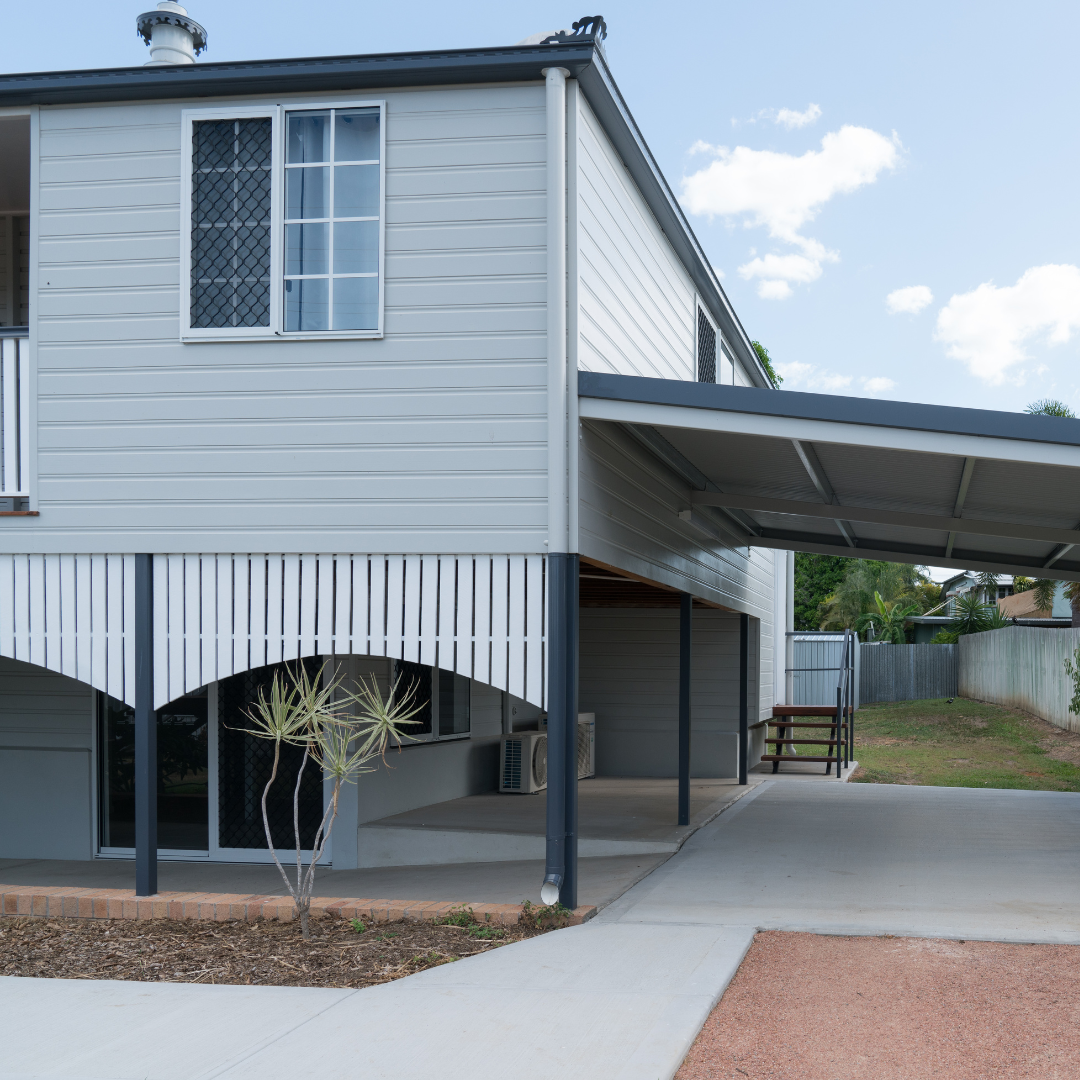Start Your Property's Transformation
Partner with Green Development Company to elevate your real estate ventures. We offer bespoke ADU solutions that cater to an array of property types, enhancing living spaces for homeowners and amplifying asset performance for investors. Begin your journey to optimized property potential with our expert guidance.
Designing Your ADU
Embark on your ADU project with Green Development Company, where we harness our in-house expertise to deliver designs that maximize both form and function. By combining the knowledge of our designers, engineers, and construction specialists, we ensure each ADU plan is not only feasible but optimized for value and efficiency, making it a smart addition to your property portfolio.
Navigating the Permitting Process
Securing permits for your ADU can be a complex and time-intensive endeavor. Our expertise in ADU legislation and deep familiarity with local and state laws ensures we navigate this process efficiently, maximizing the potential of every project. We streamline the intricate permit process, leveraging our knowledge to your advantage and saving you valuable time.
Constructing Your ADU
Building Excellence with Trusted Partners
The construction of your ADU begins once permits are in hand, managed by our trusted construction partners known for their integrity and efficiency. We ensure that each project, strictly adhering to building codes, is executed swiftly and to the highest standard. Our alliance with seasoned contractors guarantees that every phase from groundbreaking to final inspection is handled with precision, fostering peace of mind and delivering quality that stands the test of time.
Moving In and Beyond
With the final inspection complete and the Certificate of Occupancy in hand, your ADU is set to open doors. It represents a step towards enriching your portfolio and enhancing the community. While we handle the subtleties of legal compliance, you can look forward to the potential of your new space. Whether it’s offering a home to renters seeking quality housing or adding value to your property, your ADU is more than just an investment—it's a new beginning.
Stop Stressing
Our Streamlined ADU Services Bring Your Vision to Life
Our process involves a comprehensive suite of services tailored to your ADU needs. Our dedicated team specializes in ADU design, transforming your ideas into stunning, functional spaces.
We simplify the permitting process, navigating the complexities on your behalf, so you don't have to. When it's time to bring your vision to life, the construction will ensure every detail planned is executed to perfection.
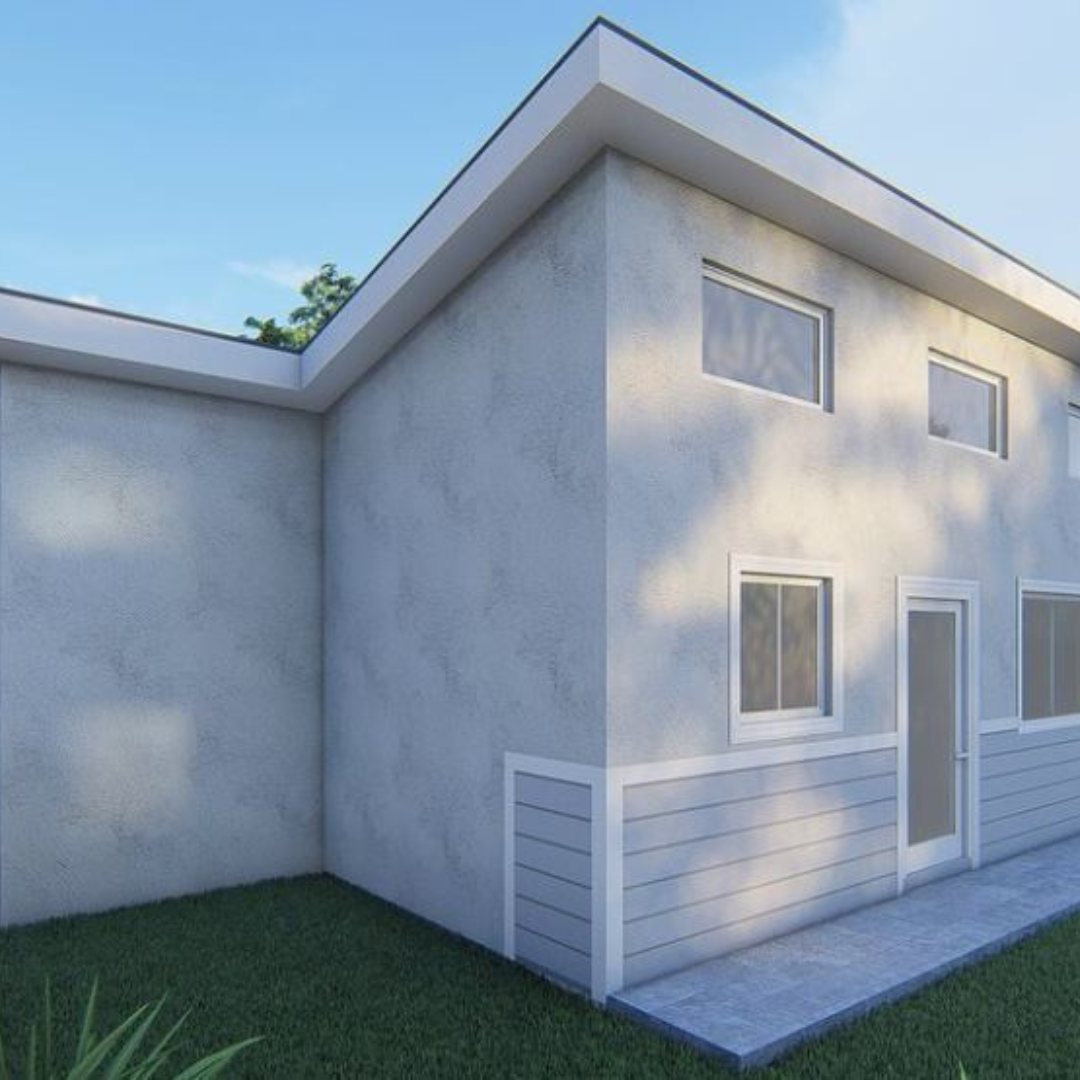

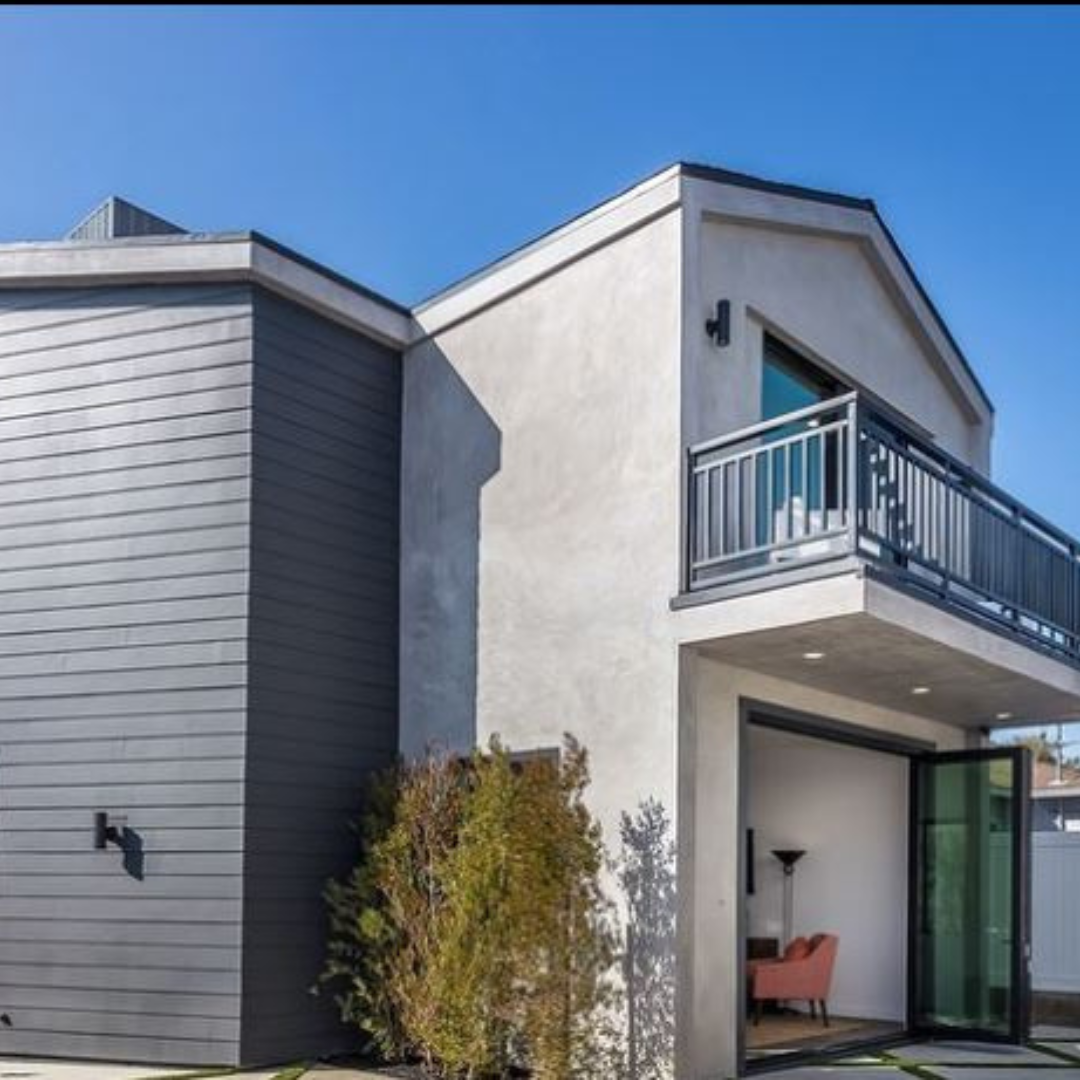
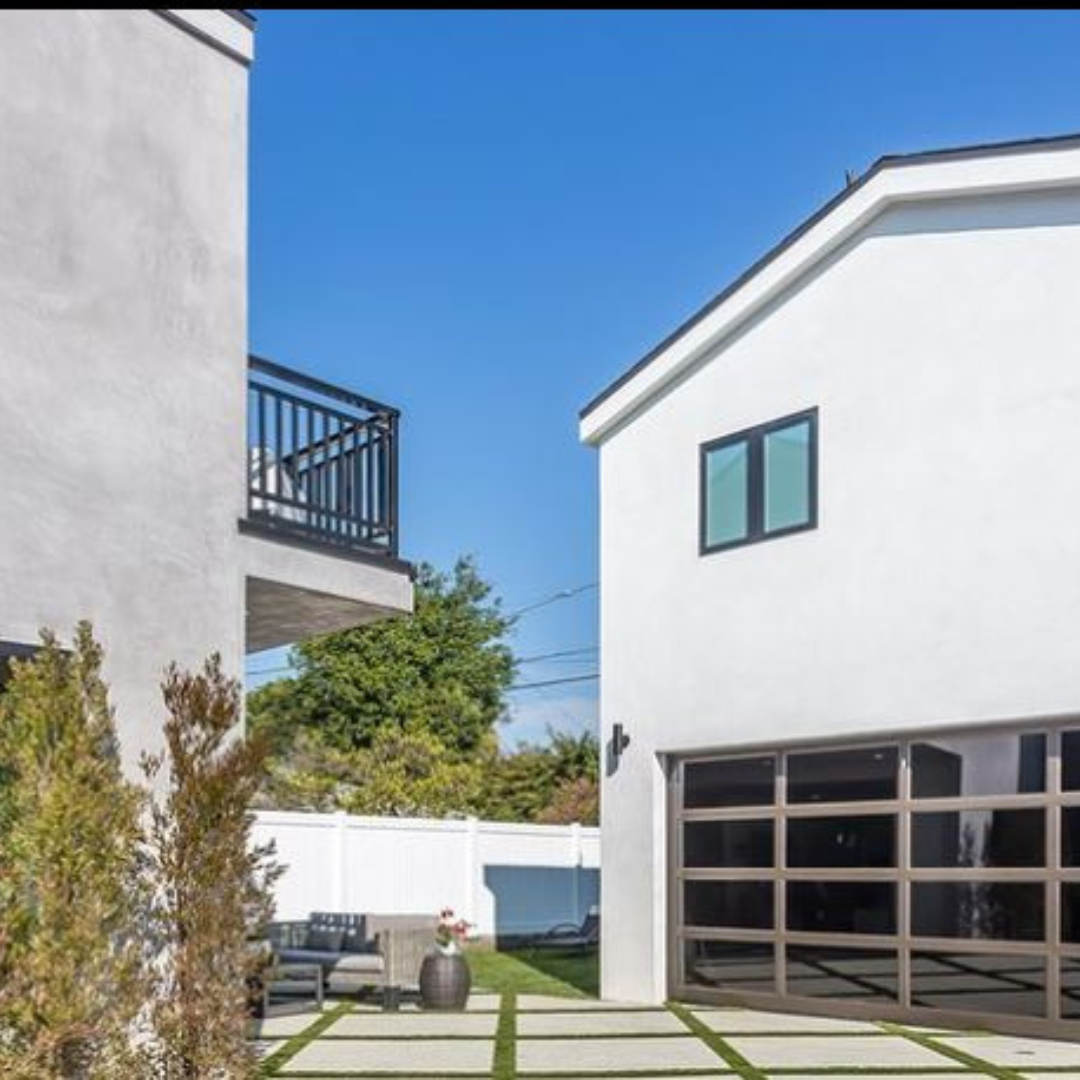

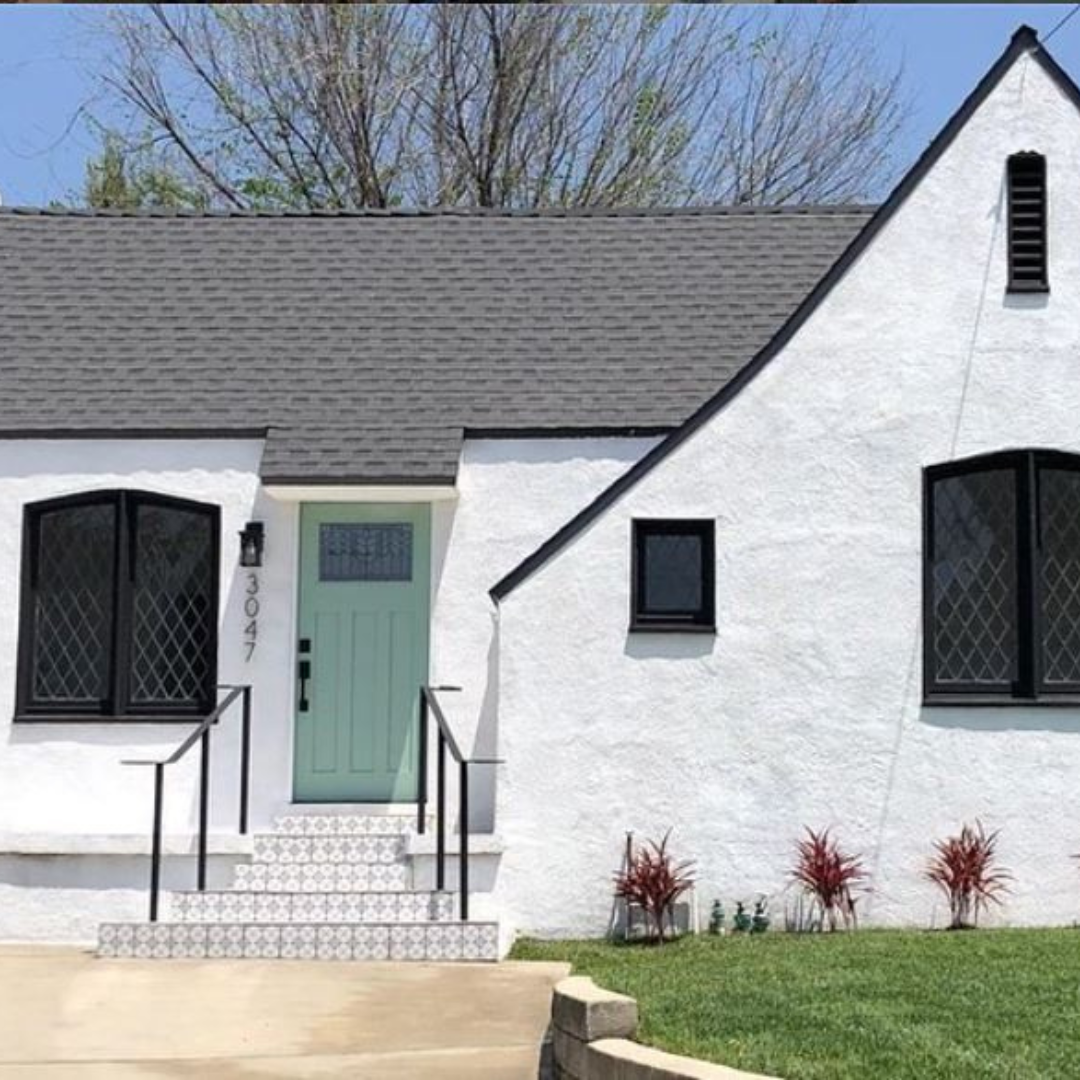

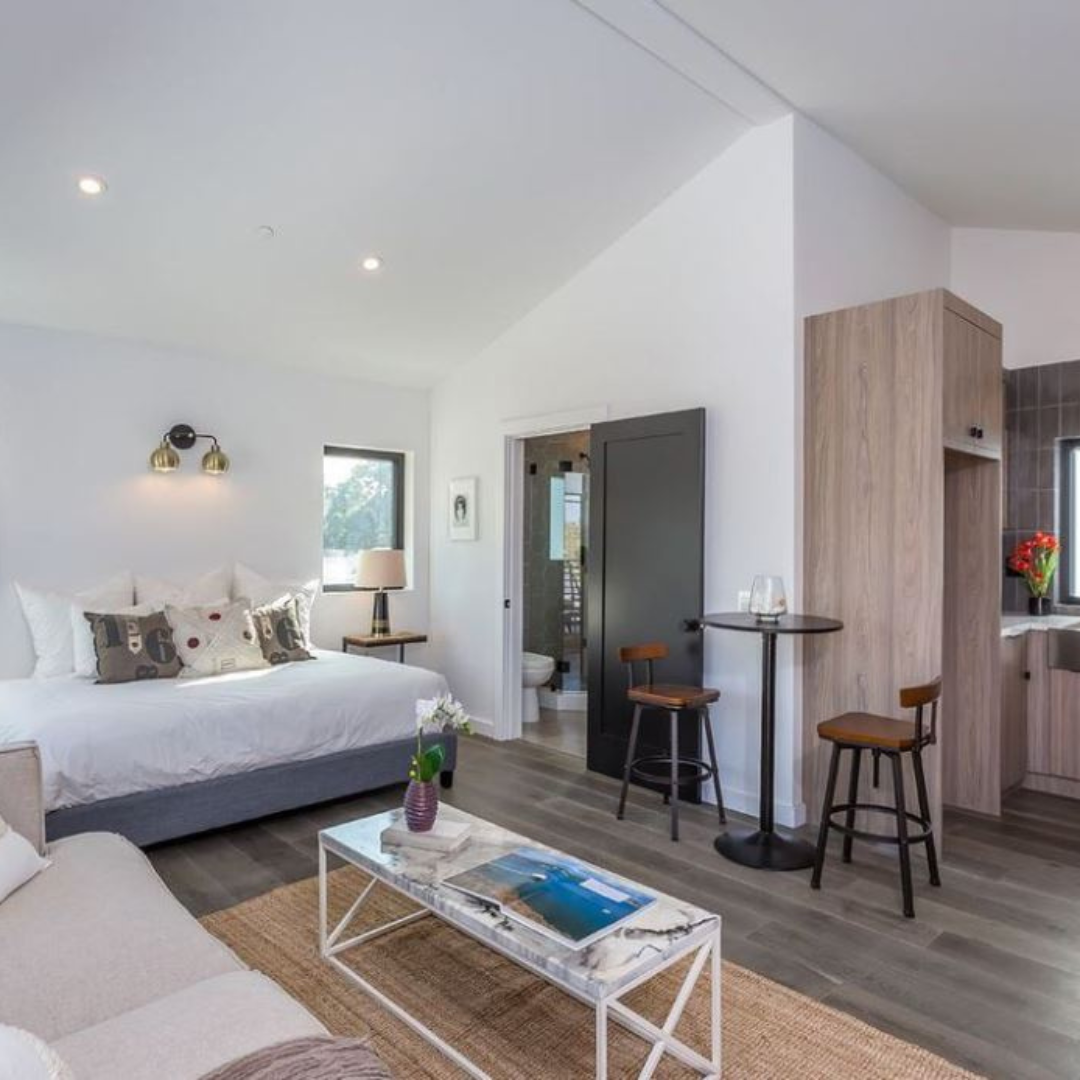
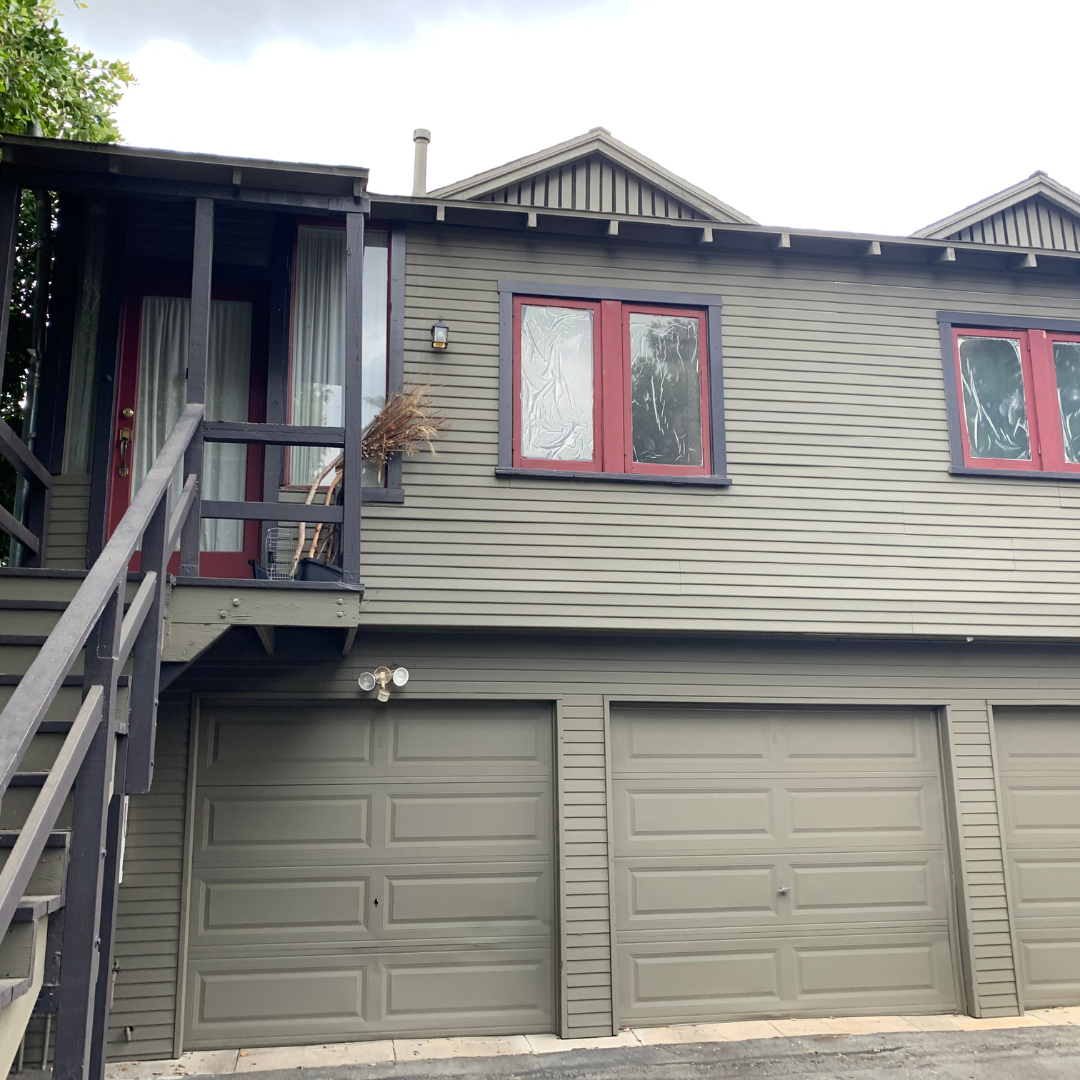





Realizing Your Real Estate Vision with Green Development Company
Elevate Your Assets Today!
Seeking expert guidance to enhance your property? From initial consultation to the final touches of your ADU project, our team is ready to provide you with personalized service. Connect with us to explore a suite of tailored solutions designed to fulfill your specific needs and ambitions in property development. Start transforming your properties into high-value assets with Green Development Company now.



